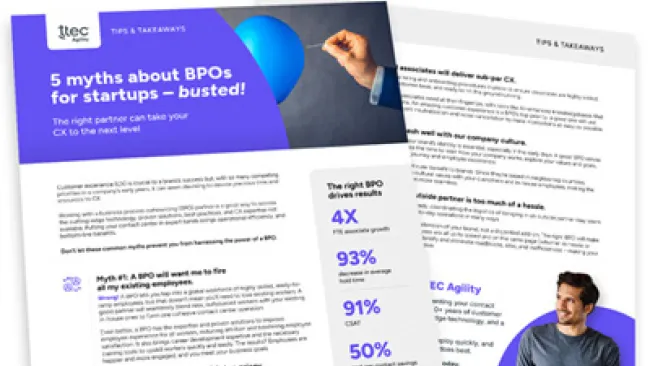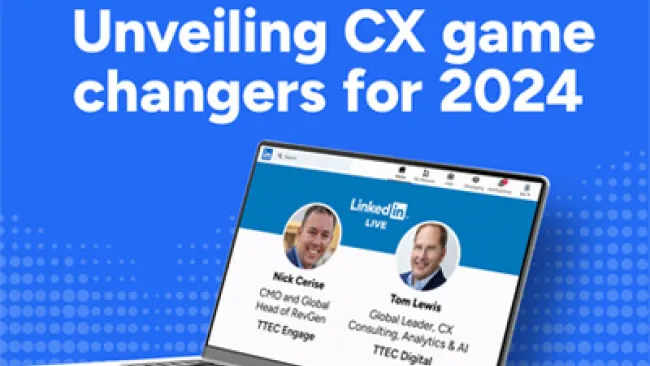In my last post in this series, I wrote about why it’s so important for organizational leaders to understand the customer journey. For starters, it makes good business sense because customers prefer to do business with organizations that make it easy for them to be a customer. Customer journey mapping enables decision-makers to understand the steps that customers take in their omnichannel journeys and to identify and remove any obstacles that may disrupt their experiences.
A core component to understanding the omnichannel customer journey is how customers use mobile devices, mobile websites, and mobile apps in their interactions with companies. Consumers are tethered to their mobile devices and they use them repeatedly to research and purchase products, and to receive support. In fact, more than one-third (34 percent) of all global online transactions are now conducted via mobile, according to a recent study by Criteo.
Understanding how and why customers use their mobile devices in different stages of their customer journeys is vital to delivering the types of experiences that customers expect.
For instance, geo-fencing technology can be used to identify a customer who has entered a retailer’s store premises. An analytics-led customer experience journey mapping tool can then be used in concert with the geo-fencing technology to analyze the customer’s most recent digital behaviors (web pages visited) combined with her transaction history to provide her with a customized email offer while she’s in the store based on her expressed interests.
It’s also important to remember that the mobile customer experience is fragile by nature. Erratic WiFi connections, combined with the small-screen user experience of a smartphone, can make it challenging for customers to have fluid experiences. Companies that ignore the mobile customer experience do so at their peril.
Delivering seamless cross-functionality
When following the customer journey, it’s also important to remember that customers often use their mobile devices in tandem with other touchpoints. For instance, it’s common for retail customers to use their smartphones to compare product pricing from different providers when they’re in-store. Likewise, an automotive customer who is using a mobile device to evaluate vehicle features on a dealer’s mobile website and has a question she’d like to pose shouldn’t have to abandon her mobile transaction to place a call to a customer care associate. The mobile experience should be designed so that there’s a logical and fluid escalation of interactions for the customer to connect with a customer care associate while allowing her to continue viewing information about a vehicle’s features on her screen.
Customers also expect to have uninterrupted experiences as they move from one channel to another. It’s incredibly frustrating for a customer when she has to start from scratch and repeat information she shared about herself and the nature of her inquiry that she previously disclosed using her mobile device or in another channel. The customer journey should be designed so that customer care associates have a complete view of the customer’s history with the company, including her transactions and most recent channel interactions to provide knowledgeable and contextual support.
By developing a rich understanding of how and why customers are using their mobile devices at different stages of their journeys, organizational leaders can also design experiences that can capture a sales opportunity at a point of contact with customers on their mobile devices. For instance, the use of a customer journey mapping tool by a retail bank associate can be used to blend in historical and real-time data to examine a customer’s current profile (current lifecycle status, the products she owns, and the products that will most likely interest her) to identify and respond to upsell opportunities during a call or chat interaction.
By following the paths that customers take in their uses of mobile devices, decision-makers can also identify opportunities for deploying enhanced mobile features such as immersive video, live assist collaboration, and co-browsing capabilities when such features could truly benefit the customer’s experience. Rich features like these can help companies deliver the types of personalized, high-touch interactions that can cement a customer experience as a brand differentiator.
Interested in learning more about the benefits of customer journey mapping? Check out our eBook on the topic to discover five best practices for optimizing the omnichannel customer experience.
Also, check out the most recent issue of our eNewsletter.
The Second Stop in Customer Journey Mapping: Passage to a Mobile Strategy

















